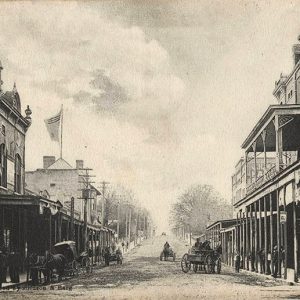 Camden Street Scene
Camden Street Scene
Entry Category: Ouachita
 Camden Street Scene
Camden Street Scene
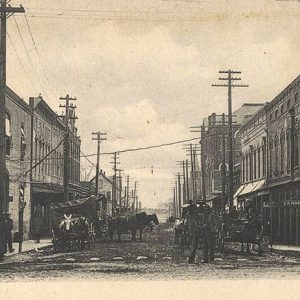 Camden Street Scene
Camden Street Scene
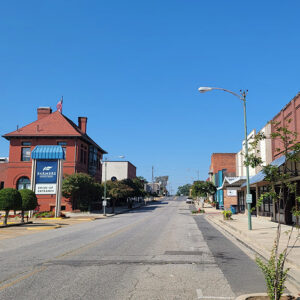 Camden Street Scene
Camden Street Scene
 Camden Street Scene
Camden Street Scene
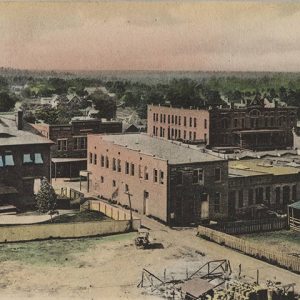 Camden View
Camden View
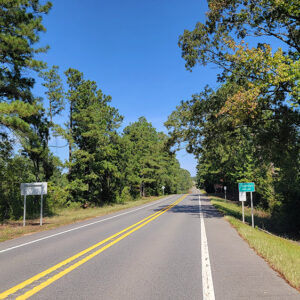 Entering Chidester
Entering Chidester
Chidester (Ouachita County)
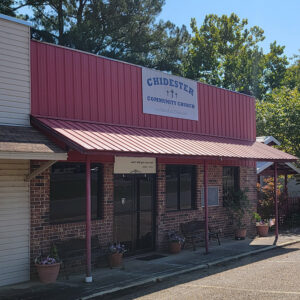 Chidester Church
Chidester Church
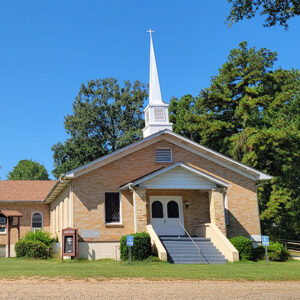 Chidester Church
Chidester Church
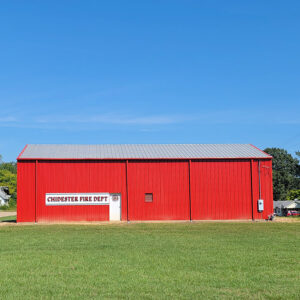 Chidester Fire Department
Chidester Fire Department
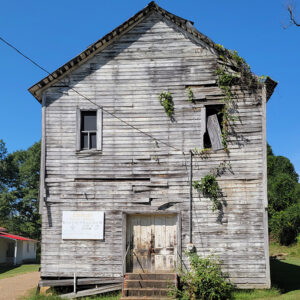 Chidester Masonic Lodge
Chidester Masonic Lodge
 Chidester Post Office
Chidester Post Office
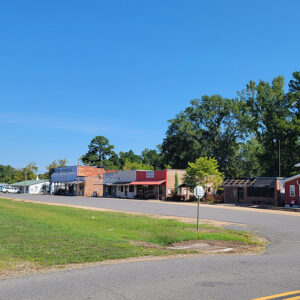 Chidester Street Scene
Chidester Street Scene
 Chidester Street Scene
Chidester Street Scene
 Chidester Street Scene
Chidester Street Scene
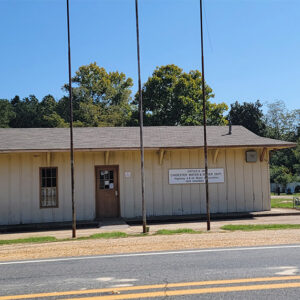 Chidester Utilities
Chidester Utilities
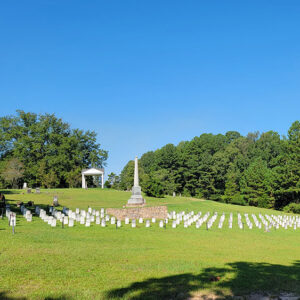 Confederate Section
Confederate Section
 Dining Room Display
Dining Room Display
 Entering East Camden
Entering East Camden
East Camden (Ouachita County)
 East Camden City Hall
East Camden City Hall
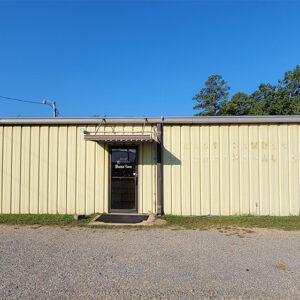 East Camden Court
East Camden Court
 East Camden Fire Department
East Camden Fire Department
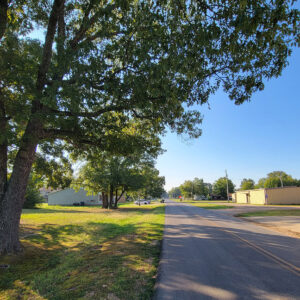 East Camden Street Scene
East Camden Street Scene
Frenchport (Ouachita County)
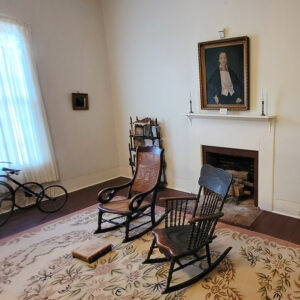 Furnishings and Fireplace Display
Furnishings and Fireplace Display
 Gazebo Park
Gazebo Park
 Grapette Display
Grapette Display
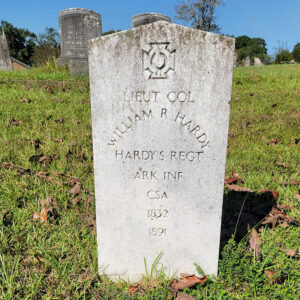 Hardy Grave
Hardy Grave
Harmony Grove (Ouachita County)
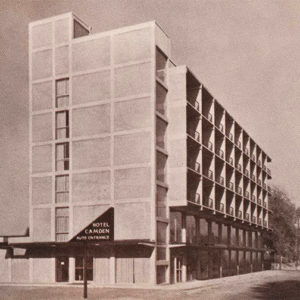 Hotel Camden
Hotel Camden
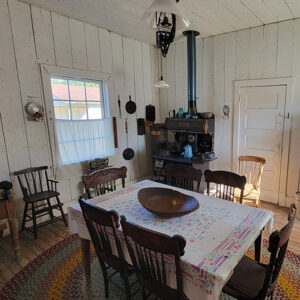 Kitchen Display
Kitchen Display
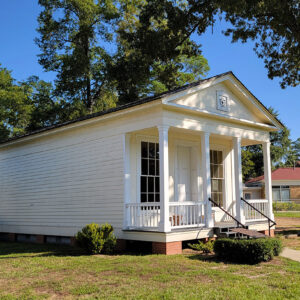 Leake-Ingham Building
Leake-Ingham Building
 Leake-Ingham Building Sign
Leake-Ingham Building Sign
Lester (Ouachita County)
 Lockheed Martin Plant
Lockheed Martin Plant
Louann (Ouachita County)
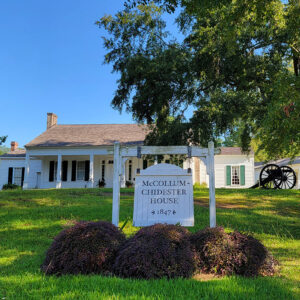 McCollum-Chidester House Museum
McCollum-Chidester House Museum
 McCollum-Chidester House Museum
McCollum-Chidester House Museum
 Peter McCollum
Peter McCollum
Miller’s Bluff (Ouachita County)
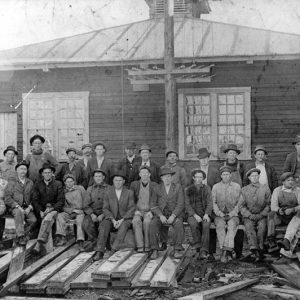 Millville Sawmill
Millville Sawmill
 Native Dog Brewing
Native Dog Brewing
 Native Dog Brewing
Native Dog Brewing
 Newman's Cafe
Newman's Cafe
 Nursery Display
Nursery Display
 Oakland Cemetery
Oakland Cemetery
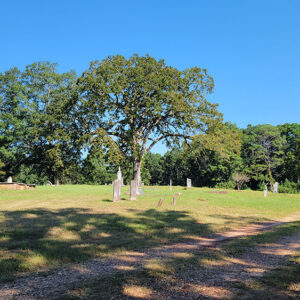 Oakland Cemetery
Oakland Cemetery
Ogemaw (Ouachita County)
 Original Wallpaper
Original Wallpaper




